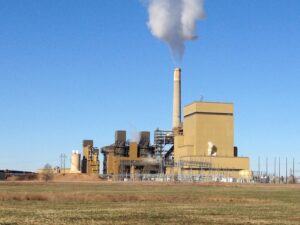Average natural gas prices at Henry Hub in 2020 could fall to below $2/MMBtu —a level “not seen in decades”—owing to a persistent oversupply, a new report from information and analytics firm IHS Markit suggests.
Prices could fall despite strong demand for natural gas, both domestically, including for power generation, as well as for exports. Demand for gas has increased 14 billion cubic feet per day (Bcf/d) annually on average over the past two years, and the U.S. is expected to export an additional 3 Bcf/d of liquified natural gas (LNG) in 2020. IHS forecasts that nearly all growth in U.S. natural gas demand over the next few years will come from LNG exports to other countries.
Production, however, has grown by more than 14 Bcf/d since January 2018, and IHS Markit expects production will average more than 90 Bcf/d in 2019 and 2020. The firm suggests the next surge of production could come from the Permian Basin in West Texas. “Growth from the region will more than compensate for declines elsewhere—sustaining the oversupply and the downward pressure on prices that it creates,” it said.
“It is simply too much too fast,” said Sam Andrus, executive director at IHS Markit covering North American gas markets, in a Sept. 12 statement. “Drillers are now able to increase supply faster than domestic or global markets can consume it. Before market forces can correct the imbalance, here comes a fresh surge of supply from somewhere else.”
Though more natural gas than ever was used to produce power and LNG exports have grown, gas prices have fallen by more than $0.60/MMBtu between March and August as inventories climbed toward their five-year rolling average. IHS suggested, however, that downward pressure on prices from rapid growth of associated gas—a byproduct from oil well production—could eventually curtail drilling activity. Prices could rebound and average $2.25/MMBtu for 2021, it suggests. “[T]hat figure is still a downgrade from previous estimates,” it said.
“Markets work in the end,” said Shankari Srinivasan, vice president, energy, IHS Markit. “Rising prices stimulate supply and falling prices curtail it. What is unique here is the extent of reduction required. But signs still point to this coming price fall having a limited shelf life rather than being the new normal.”
—Sonal Patel is a POWER senior associate editor (@sonalcpatel, @POWERmagazine)










